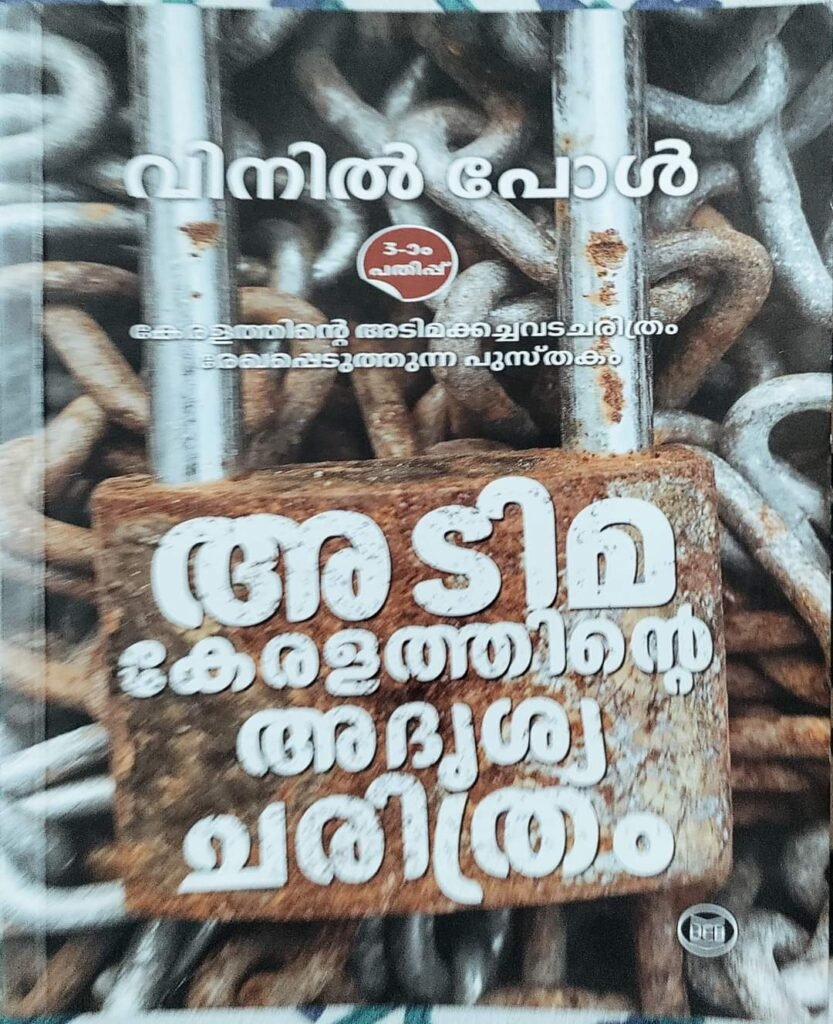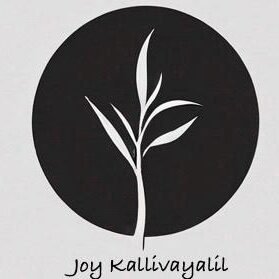#history
#books
Invisible History of Slavery in Kerala.
The history of Slavery in Kerala has been a chapter largely ignored by the traditional historians.
The British missonaries who worked in Kerala from the 19th century have recorded several instances of Slavery and Slave trade in their reports. However most historians have treated this abominable history merely as footnotes.
Dr Vinil Paul in his book “Atima Keralathinte Adrishya Charithram” ( The Invisible History of Slavery in Kerala) has thrown some light into the past with the help of archival records. The book is a compilation of articles written by him while he was a doctoral student.
It’s a welcome sign that the book, written in Malayalam,has gone into its 8th edition within 5 years of publication. Though the book apparently is being widely read, the mainstream media continue to be loath in discussing the various dimensions of the hitherto unknown facts about Slavery in the State.
Slavery continued to be practiced in Kerala till the British abolished it in Malabar in 1843.
12 European missionaries working in Travancore, in a strongly worded letter in 1847, urged the government to abolish the abominable practice in the kingdom of Travancore. The Travancore government ultimately issued a proclamation abolishing slavery in 1855.
The ‘Tharisapally Cheppedu’ ( royal proclamation) of 849 has mention of Slaves among the previleges given to the Christians in Kollam.
The Kerala Society Papers by T K Joseph, Edgar Thurston and Anantha Krishna Iyer, details the records of slave trade in 1498.
K S Mathen records the details of 24 slaves sent from Quilon to the Portuguese Queen. 5000 to 6000 slaves were sold to the Portuguese in the second half of the 16th century alone.
The Chennai archives hold records of 168 deals in Slaves by the Dutch.
Ignatius Pappali has recorded the details of just two months in 1753 of the slaves traded and transported from Kochi to Cape in South Africa.
Pulayas – 53.
Chovar – 49.
Paraya – 2.
Vattuva – 10.
Kanakka – 6.
Muslim – 2
Nair – 1. etc.
In 1658, 1807 slaves were purchased and transported to Cape, South Africa.
In several instances, upper caste men too were stealthily captured, made to sit and eat with the untouchables like Pulayas, thus getting them automatically thrown out of their caste, and subsequently sold as Slaves.
Several Syrian Christian and Muslim persons were actively involved in the Slave trade with the Portuguese and the Dutch merchants.
One of the most important records is the case instituted by the Malabar Collector Babar regarding the purchase of slaves from Kochi to work in the Ancharakandy Estate established by the British East India Company for the cultivation of spices. It was determined that 408 slaves were purchased by the Manager Brown, from a Muslim trader named Ali.
It was the Church Missionary Society (CMS) from 1806, and the London Missionary Society (LMS) in 1816 that started the campaign for the abolition of slavery in Travancore.
Records show that the Syrian Christian strongholds of Palai and Changanachery as well as Mattanchery were major slave markets.
Henry Baker Jr has recorded that several slaves who escaped and fled to the jungles of Mundakayam were converted to Christianity by him. Ironically several new converts felt that the tenets of Christianity obliged them to return to their masters and several indeed did so.
One of the reasons for the civil society in Travancore not paying much attention to the inhuman practice may be that the slave families attached to the tharavadu were treated just like the cattle owned by them. Their basic needs were met by the owners and they were used for the agricultural works.
The situation of the former slaves remained almost the same for many decades after 1855 when Slavery was officially abolished, since they didn’t own any land or shelter and were completely dependent on their masters for sustenance.
It’s hoped that the book will stir future historians to thoroughly research the topic of Slavery and Slave trade in Kerala, and place the cold unsavory facts before the public.
– Joy Kallivayalil.

